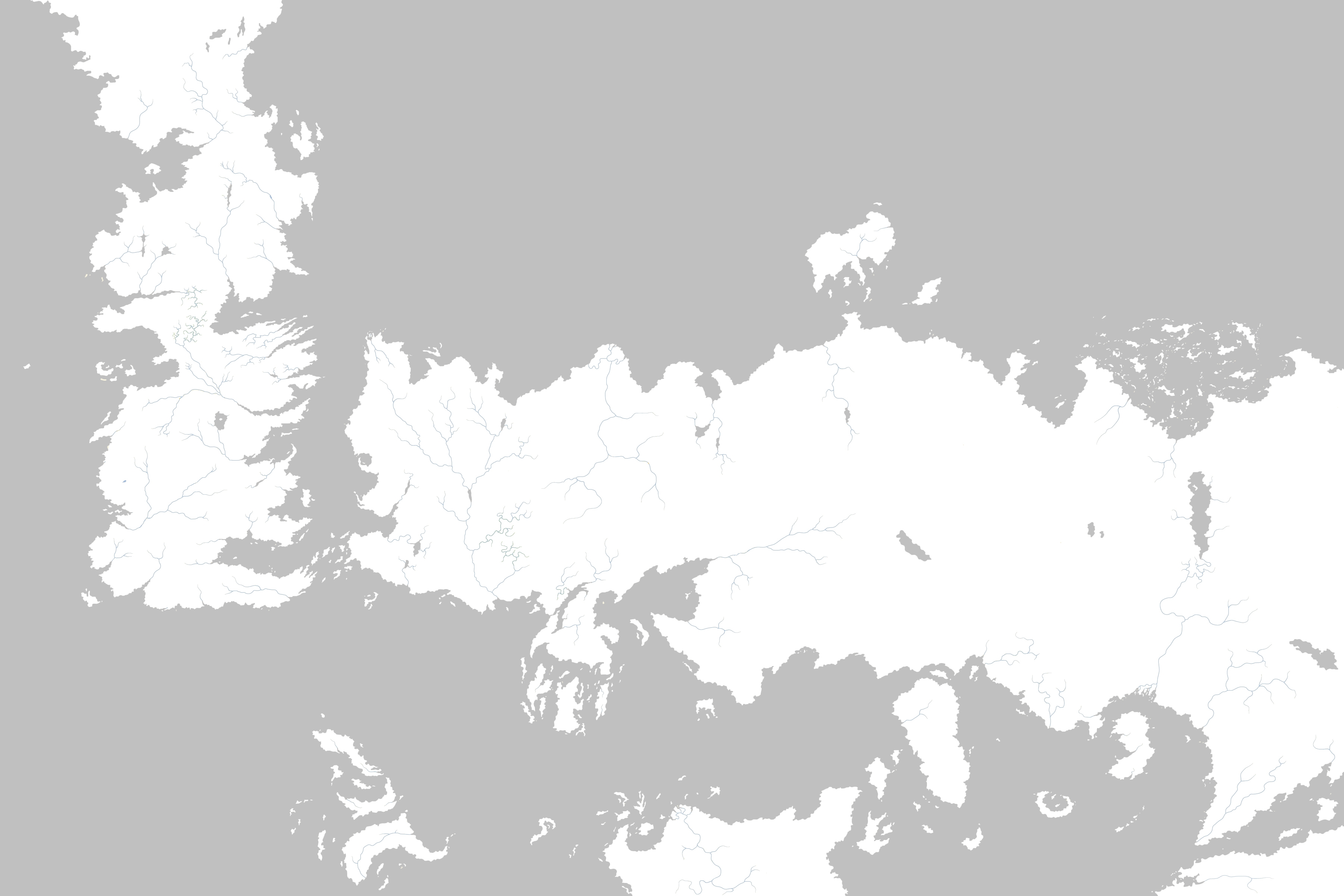Mudanças entre as edições de "Reino de Sarnor"
m (Wiith moveu página Sarnor para Reino de Sarnor) |
|||
| Linha 1: | Linha 1: | ||
| + | O Reino de Sarnor é uma região na porção meridional de [[Essos]] em torno das praias do [[Mar Tremente]]. A [[Floresta de Qohor]] e [[Vaes Khadokh]] estão a oeste, enquanto que o [[Mar Dothraki]] se estende ao sul. [[Omber]] é uma península do nordeste de Sarnor, enquanto que o [[Reino do Ifequevron]] se encontra mais distante a leste. | ||
| + | |||
| + | ==História== | ||
| + | |||
| + | Sarnor era um reino antigo centralizado em torno do grande rio [[Sarne]] e seus braços, além de alguns lagos restantes do [[Mar de Prata]]. Os sarnori alardeavam descender do lendário Rei [[Huzhor Amai]]. De uma federação de cidades-estado, cada uma governada por seu próprio rei, os sarnori eram nominalmente governados de [[Sarnath]] pelo Alto Rei. A maior parte do reino pastoril foi destruída pelos [[dothraki]] no [[Século do Sangue]] após a [[Perdição de Valíria]], com as cidades de Gornath, Kasath, Sallosh, Sarnath, Sarys e Sathar transformadas em ruínas. A única cidade sarnori que sobrou foi Saath. | ||
| + | |||
| + | |||
| + | Sarnori traded with Valyria, Yi Ti, Leng, and Asshai. They also sailed the Shivering Sea to Ib, the Thousand Islands and Mossovy; warred against the Qaathi and the Ghiscari Empire; and led forays against the bands of nomadic horsemen who roamed the steppes to their east.[2] | ||
| + | |||
| + | After the Doom of Valyria, the Sarnori kingdoms took less than a century to fall. While the Free Cities became locked in a savage war for domination, the so-called Century of Blood, the Tall Men ignored the Dothraki threat, even as khalasars began to raid across their eastern borders. Accustomed to them being little more than a nuisance, some of the Sarnori kings even sought to use the Dothraki in their own wars, offering them gold and slaves and other gifts to fight against their rivals. However, Khal Mengo, who had united all khalasars under his rule, took these gifts gladly, and then took the conquered lands as well, burning fields, farms, and towns to return the grasslands to their wild state.[2] | ||
| + | |||
{{MundoConhecido}} | {{MundoConhecido}} | ||
Edição das 01h46min de 22 de maio de 2015
O Reino de Sarnor é uma região na porção meridional de Essos em torno das praias do Mar Tremente. A Floresta de Qohor e Vaes Khadokh estão a oeste, enquanto que o Mar Dothraki se estende ao sul. Omber é uma península do nordeste de Sarnor, enquanto que o Reino do Ifequevron se encontra mais distante a leste.
História
Sarnor era um reino antigo centralizado em torno do grande rio Sarne e seus braços, além de alguns lagos restantes do Mar de Prata. Os sarnori alardeavam descender do lendário Rei Huzhor Amai. De uma federação de cidades-estado, cada uma governada por seu próprio rei, os sarnori eram nominalmente governados de Sarnath pelo Alto Rei. A maior parte do reino pastoril foi destruída pelos dothraki no Século do Sangue após a Perdição de Valíria, com as cidades de Gornath, Kasath, Sallosh, Sarnath, Sarys e Sathar transformadas em ruínas. A única cidade sarnori que sobrou foi Saath.
Sarnori traded with Valyria, Yi Ti, Leng, and Asshai. They also sailed the Shivering Sea to Ib, the Thousand Islands and Mossovy; warred against the Qaathi and the Ghiscari Empire; and led forays against the bands of nomadic horsemen who roamed the steppes to their east.[2]
After the Doom of Valyria, the Sarnori kingdoms took less than a century to fall. While the Free Cities became locked in a savage war for domination, the so-called Century of Blood, the Tall Men ignored the Dothraki threat, even as khalasars began to raid across their eastern borders. Accustomed to them being little more than a nuisance, some of the Sarnori kings even sought to use the Dothraki in their own wars, offering them gold and slaves and other gifts to fight against their rivals. However, Khal Mengo, who had united all khalasars under his rule, took these gifts gladly, and then took the conquered lands as well, burning fields, farms, and towns to return the grasslands to their wild state.[2]
